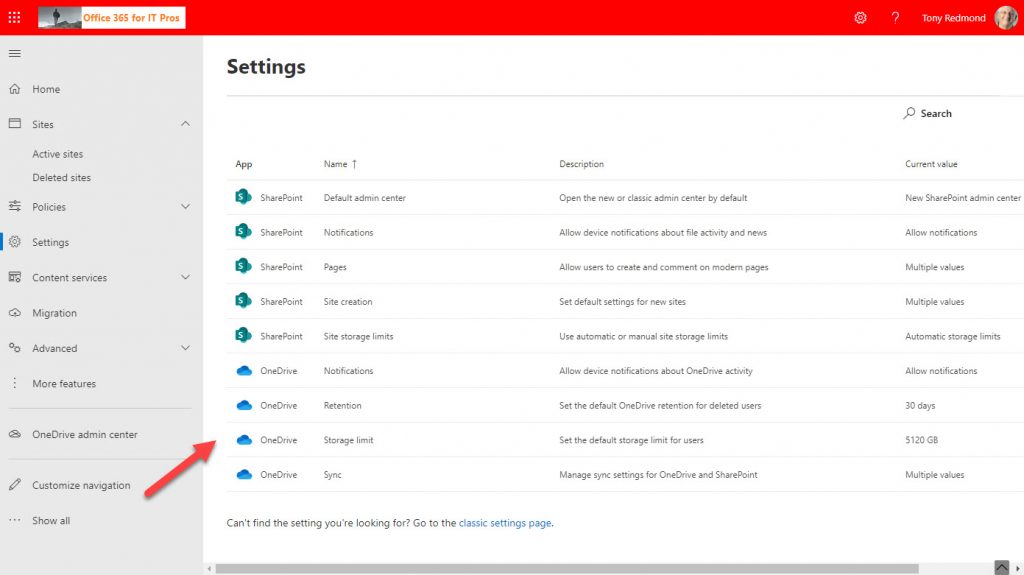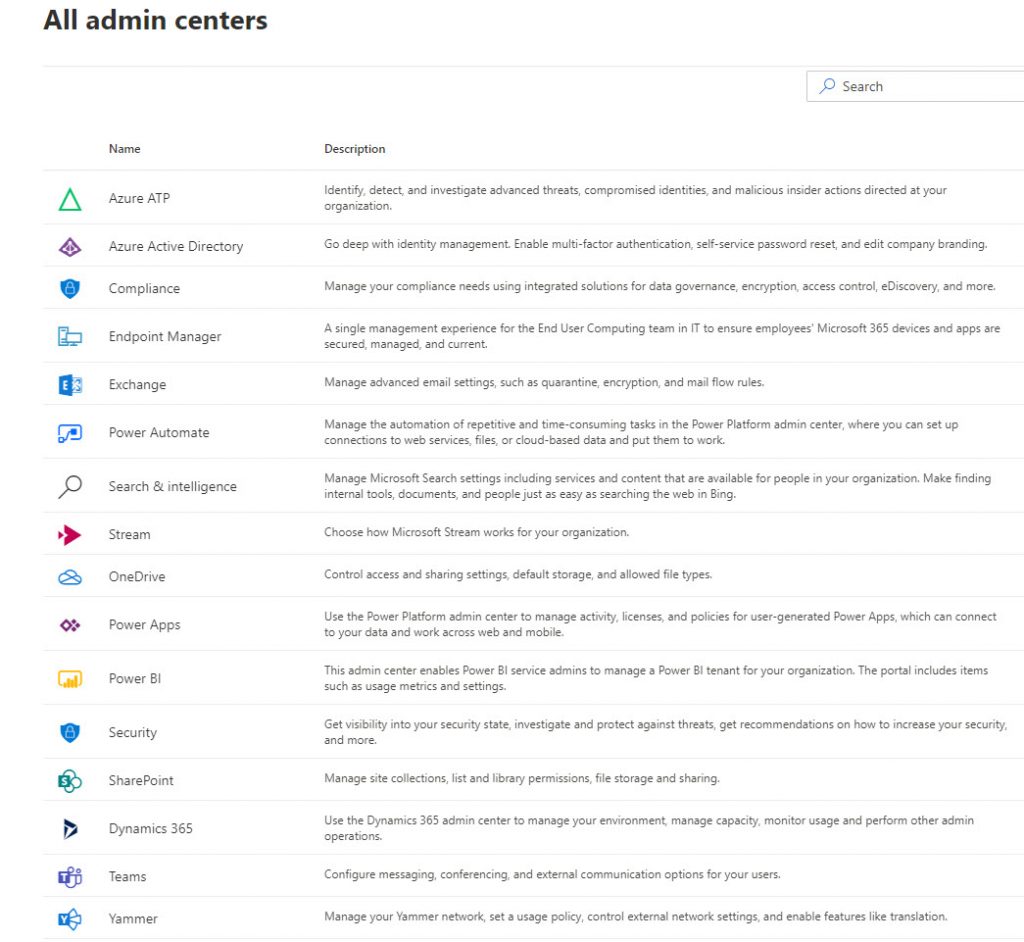I never quite understood why Microsoft insisted on having a separate portal for OneDrive for Business. It was almost as if Microsoft wanted to tell everyone that OneDrive was different, that it closely aligned to the consumer variant, and had nothing to do with SharePoint Online. Of course, SharePoint Online and OneDrive for Business are closely intertwined in areas like underlying storage and sharing behavior, and the same PowerShell module processes both SharePoint and OneDrive sites.
Most organizations treat the products as two peas in the same pod. One deals with corporate document management, the other with personal document management. Even Microsoft’s latest organizational structure refers to the development group as ODSP (OneDrive and SharePoint).
Consolidation within ODSP
All of which brings us to February 18’s totally predictable news in MC240393 that Microsoft plans to combine SharePoint and OneDrive management into the SharePoint Online admin center. Indeed, phase 1 has already happened as four areas of OneDrive administration are now in the Settings section of the SharePoint Online admin center (Figure 1).

Phase 2 (mid-March) brings the excitement of a link from the OneDrive admin center to the SharePoint Online admin center and a banner announcing the change. Truly we live in wonderous times.
The Need for Change
Microsoft is making the change because:
- The OneDrive admin center is old. It hasn’t changed much since 2014. Microsoft notes that its accessibility is not a strong point.
- The SharePoint Online admin center uses a relatively new framework that’s better suited to new development. Microsoft has been steadily building out the new admin center for the last few years to replace the older version inherited from on-premises servers. Migration, for instance, finds a home in the new center to host tools like Mover (bought in 2019) that it doesn’t have in the classic portal.
- The SharePoint Online admin center supports new Azure AD roles, like Global Reader. This is important because it means that you don’t need to assign global administrator or other highly-permissioned roles to users to allow them to perform entry-level tasks like reviewing reports.
- Too many admin portals exist across Microsoft 365 (Figure 2). This consolidation is a good thing, but even when Microsoft retires the OneDrive admin center, a reasonable daily tour of admin centers for a global administrator might include checking in on 8 portals:
- Microsoft 365 admin center.
- Exchange admin center (both old and new versions).
- Microsoft 365 compliance center.
- Office 365 protection center (for mail flow and other functionality due to move to the Exchange admin center).
- Teams admin center.
- Azure Active Directory portal.
- SharePoint Online admin center.

And that’s before taking in the Microsoft 365 security center, Microsoft 365 Cloud App Security, Endpoint Manager, Yammer, or any of the other less well-visited administrative endpoints. To their credit, Microsoft is steadily building out a set of granular roles to allow different users to interact with these portals but remembering how and where to perform different tasks across the portals is wearisome.
This consolidation will deliver some relief. Not a lot. Just a little. But all is appreciated.
Definition of Kissing cousin (for those who care)
For some guidance about Microsoft 365 tenant management, you might just be interested in this webinar.



